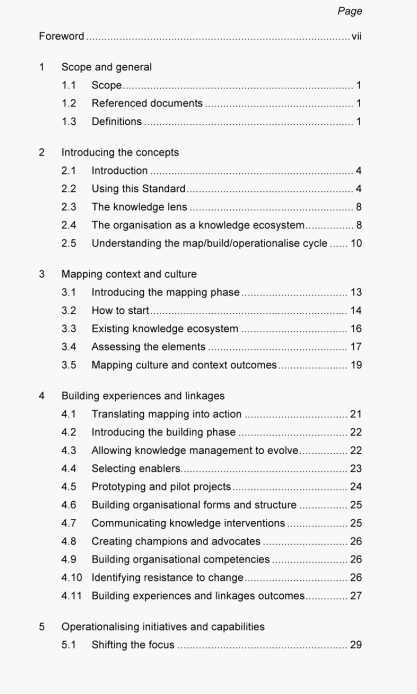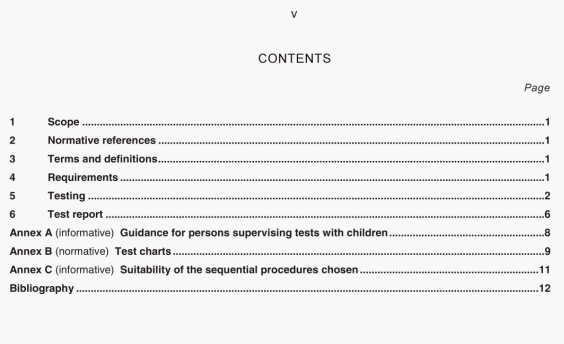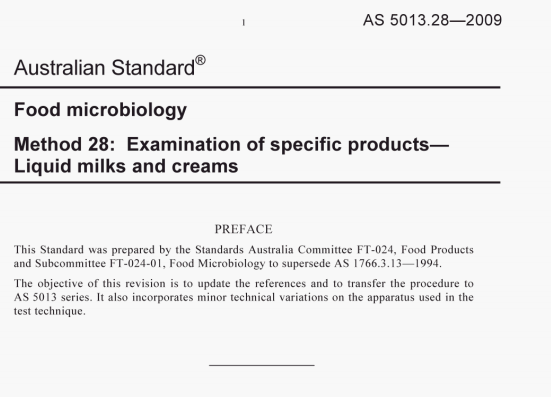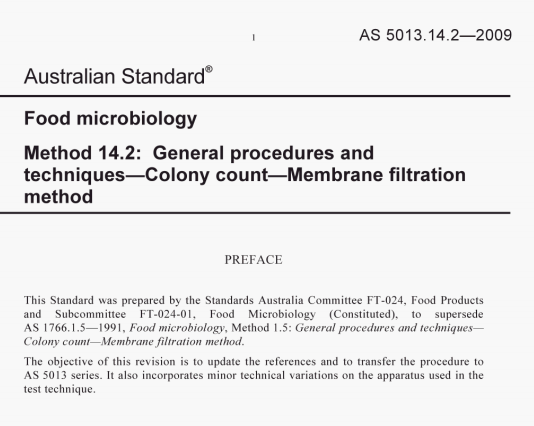Abstract: AS 1566:1997 pdf download.Copper and copper alloys—Rolled flat products. 9.4 Bend test (applicable to sheet and strip in the rolled tempers) When tested in accordance with AS 2505.1, the test piece shall not show evidence of cracking at t...
AS 1566:1997 pdf download.Copper and copper alloys—Rolled flat products.
9.4 Bend test (applicable to sheet and strip in the rolled tempers) When tested in accordance with AS 2505.1, the test piece shall not show evidence of cracking at the external portion of the bend when bent at room temperature to the requirements of Table 4.
Where possible, the test piece shall he cut with its major axis at right angles to the direction of rolling (transverse bend test). Where this is not possible. the test piece shall be cut with its major axis parallel to the direction of rolling (longitudinal bend test). See Figure I for examples of transverse and longitudinal bend test pieces.
Both surfaces of the test piece shall be tested.
NOTE: lithe width of the product is less than that specified for the bend test in AS 2505.1. a sample may be selected prior to the final processing of the product, provided that it is treated in the same way as the bulk material.
10 GRAIN SIZE When determined in accordance with the method in AS 1733,
microexamination of annealed tempers of sheet, strip and foil shall show complete
recrystallitation and the average grain size shall meet the requirements of Table 3.
11 ELECTRICAL RESISTIVITY (APPLICABLE TO Cl 1000 AND C12200) When
required, the electrical resistivity shall be determined in accordance with a method that is not less accurate than the routine
method specified in BS 5714.
12 HYDROGEN EMBRITTI..EMENT SUSCEPTIBILITY (APPLICABLE TO
CI2200) rhen the hydrogen embrittlemeni test is required by contract or special agreement, the test shall not result in the
cracking of the test piece when carried out as follows:
(a) Make longitudinal test pieces from samples selected in accordance with Clauses 9. I and 9.4. Carefully round edges of test
pieces or smooth longitudinally
(b) Expose test pieces to an atmosphere of hydrogen for 30 mm at g25°C to K75°C.
(c) Cool test pieces to room temperature.
Recommended:



